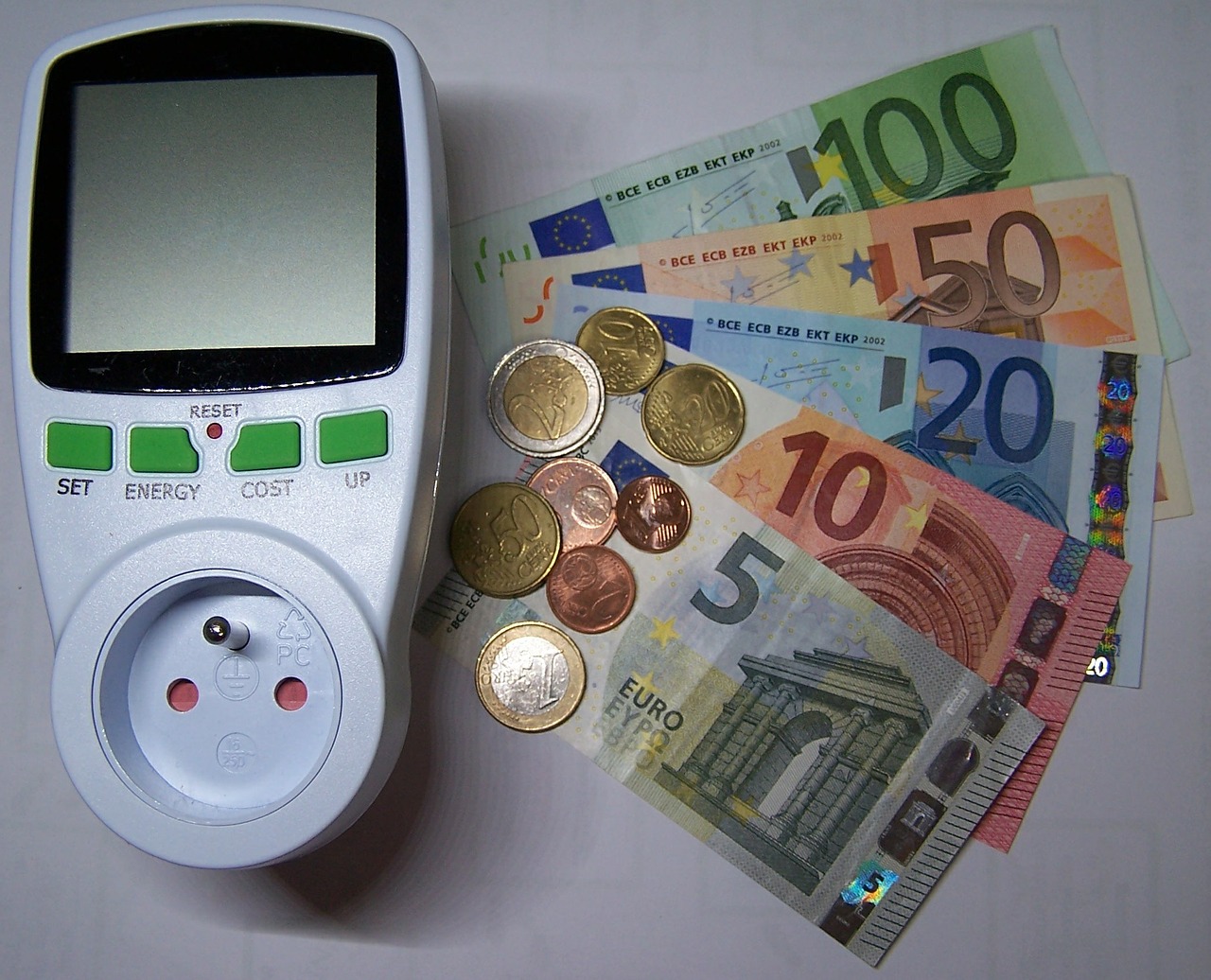When considering renewable energy investments as part of a pension, one of the best ways to do it is through a Self-Invested Personal Pension (SIPP).
Renewables represent a promising sector for investors in SIPPs due to their alignment with global environmental goals, regulatory support, and growing technological advancements.
One of the primary factors investors should value is long-term growth potential. The renewable sector in the UK has been driven by a mixture of global trends and regulatory innovations.
Another key consideration is the stability and predictability of revenue streams. Renewable energy investments, particularly in infrastructure projects like wind farms or solar installations, often come with long-term power purchase agreements (PPAs). CfDs are also used in the UK, and give investors an idea of the timescale and price point at which renewables will being bought and sold at.
Technological advancements also play a role. Innovations in battery storage, grid integration, and energy efficiency are improving the reliability and scalability of renewable solutions. Long-term investors should evaluate the technological edge of potential investments to ensure they are positioned to benefit from ongoing advancements. In the UK that can be as simple as increases in the size and length of wind turbine blades, which have seen year-on-year increases.
Geographical diversification within the renewables sector can mitigate risks associated with regional policies or market dynamics. Countries vary in their regulatory frameworks and natural resource availability, making it beneficial to invest in projects spread across multiple regions.
Lastly, long-term investors should consider the liquidity and costs associated with renewable investments within a SIPP. While some renewable assets, like ETFs, offer easy liquidity, direct investments in infrastructure projects or private equity funds may be more illiquid. It’s important to align investment choices with your overall retirement goals and time horizon. Furthermore, management fees and other associated costs can erode returns over time, so investors should seek cost-efficient options without compromising quality.
Incorporating renewables into a SIPP can offer a blend of financial returns as part of a balanced portfolio. However, success depends on thorough due diligence, diversification, and a clear understanding of the sector’s dynamics.

Be the first to comment on "How should investors allocate renewables in a pension?"